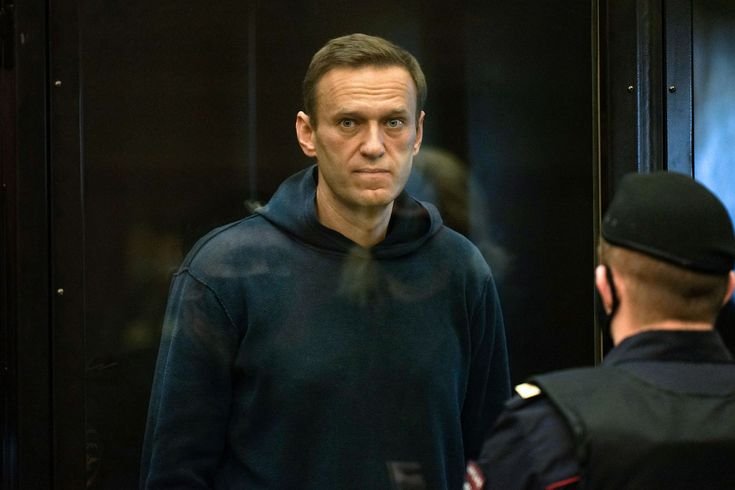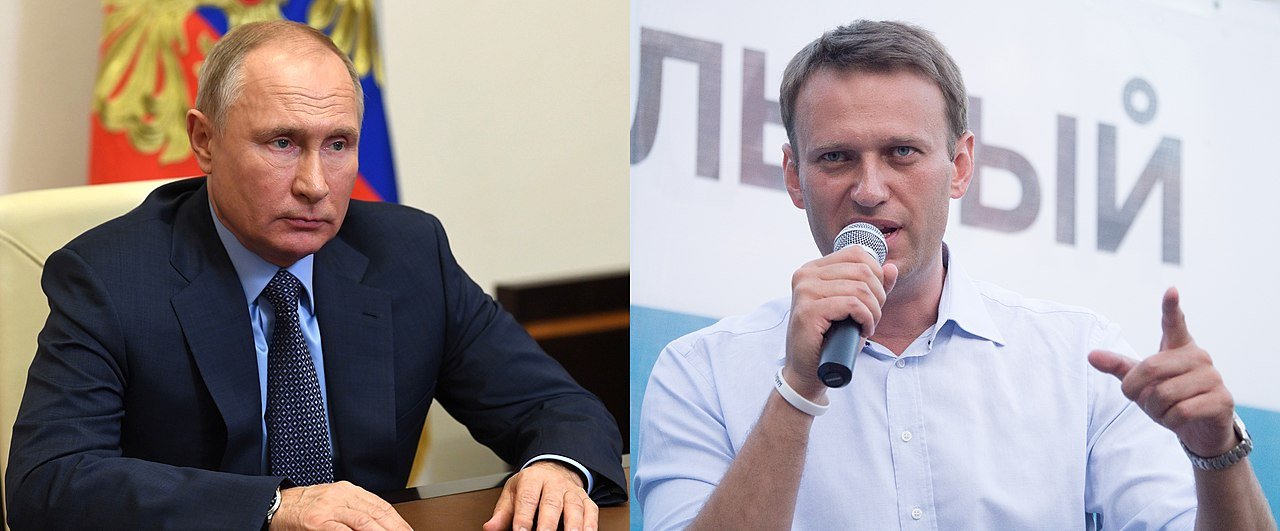In the event that has sent shockwaves across the globe, Alexei Navalny, often heralded as President Vladimir Putin’s most formidable adversary, has met a tragic and untimely end. Known by many as “The Man With Many Lives,” Navalny’s journey came to a halt as he died under mysterious circumstances while incarcerated in a prison located within the Arctic Circle.
Navalny, whose career evolved from a Russian opposition leader to a poisoned activist, has always been a figure of immense intrigue and resilience. His audacity to challenge the Kremlin’s narratives and expose corruption made him a beacon of hope for many Russians seeking change. However, it was this very defiance that made him a target, leading to numerous attempts on his life, culminating in his death in captivity.
The circumstances surrounding Navalny’s death remain nebulous, with Kremlin officials dissociating themselves from the incident, stating they possess no information regarding the cause of his demise. The narrative pushed forth by Russian authorities suggests that after falling ill during a routine walk in the prison yard, Navalny succumbed to “previous complications” after medical staff failed to resuscitate him. This explanation, however, is met with skepticism, especially in light of video evidence from a court hearing a day prior, showing Navalny in a seemingly healthy state.

The international community has rallied in condemnation, pointing fingers directly at the Kremlin, with various nations and organizations demanding accountability and transparent inquiry into Navalny’s death. The United States, European Union, NATO, and others have all expressed grave concern and sorrow, underlining the notion that Navalny’s death is not only a loss for Russia but for the world at large.
Navalny’s story is one of unyielded courage and sacrifice. Born in 1976 in a small village west of Moscow, Navalny’s ascent from a common Russian background to become Putin’s most relentless critic is a testament to his unwavering commitment to exposing systemic corruption and advocating for democratic principles. Despite numerous arrests, physical attacks, and even a near-fatal poisoning by a nerve agent, Navalny’s resolve never wavered. His return to Russia in 2021, knowing well the risks, exemplifies his dedication to his homeland and its people.
Read More:- Singapore’s Dirty Money Struggle (2024)
In the wake of his death, the enduring image of Navalny is not just that of a political dissident but as a symbol of resistance against autocracy. His final days, although enshrouded in mystery, underscore the perilous path of opposition in Putin’s Russia. Navalny’s legacy, however, transcends his demise, inspiring countless others to continue the fight for a free and fair Russia.
The world now watches as calls for a thorough and unbiased investigation grow louder. The narrative surrounding Navalny’s final chapter may still be unfolding, but what remains indelible is his indomitable spirit, which continues to challenge tyranny and injustice even in death.
Fan of Anime? Check out – Pop Media Pulse
